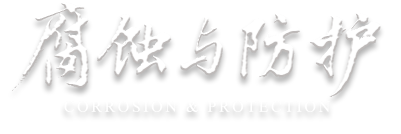Abstract:
The corrosion characteristics of a Tang Dynasty bronze mirror with auspicious beast motifs were systematically investigated using X-ray flaw detectors, scanning electron microscopy energy dispersive spectroscopy (SEM-EDS), optical microscopey, and Raman spectrometers to analyze its substrate composition and corrosion products. The results show that during long-term burial, a multilayer corrosion structure gradually formed from the surface inward. The surface corrosion products mainly consisted of Cu
2(OH)
2CO
3, Cu
2(OH)
3Cl, and trace amounts of PbSO
4. The substrate metal exhibited distinct phase-selective corrosion, where lead and (α+δ) eutectoid were preferentially corroded compared to the α phase. This corrosion characteristic showed a significant correlation with its burial environment. Based on the analysis of corrosion characteristics, conservation and restoration recommendations were proposed for the bronze mirror.

 下载:
下载: